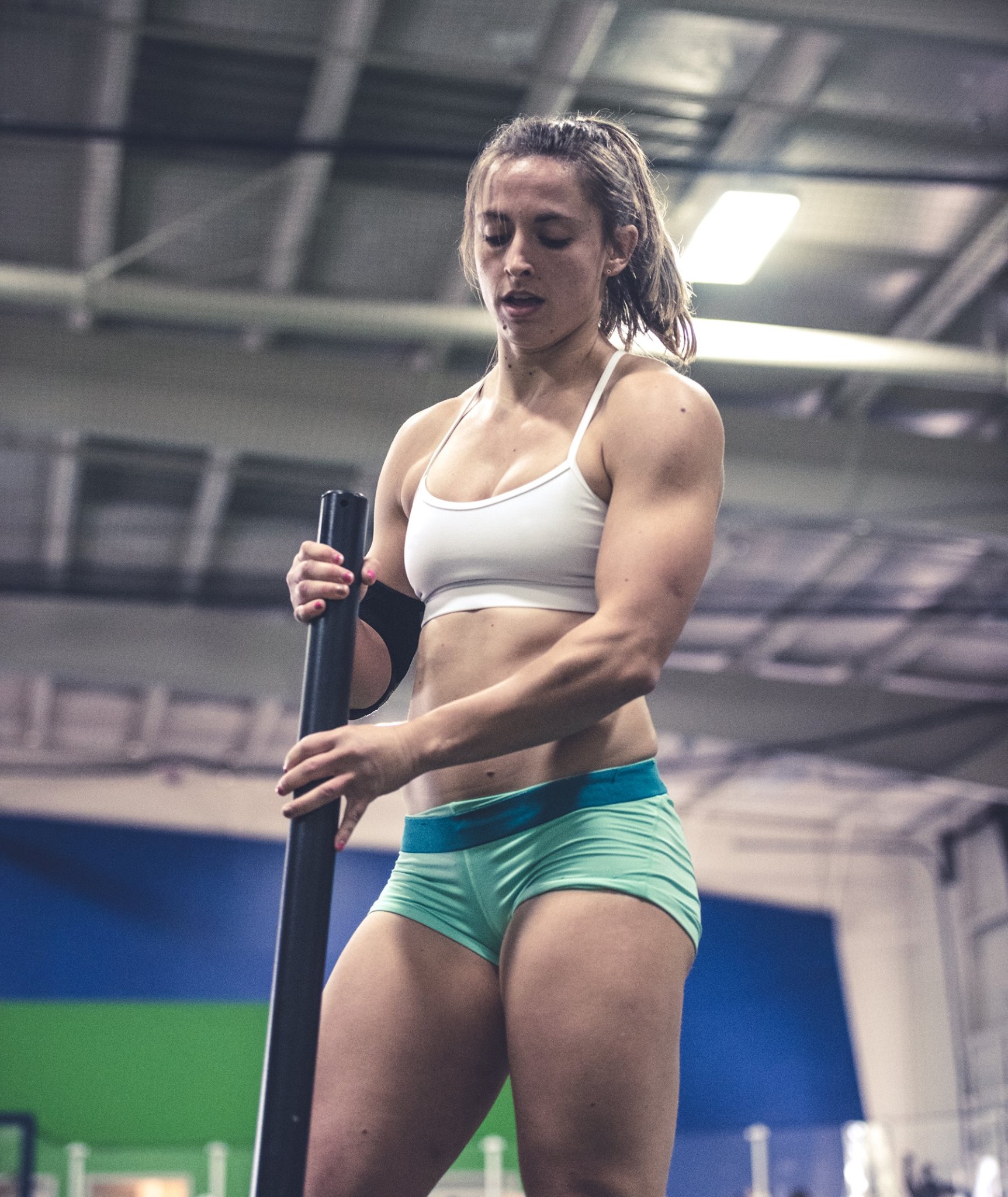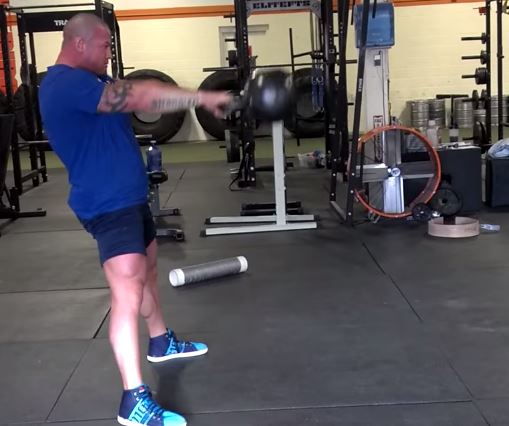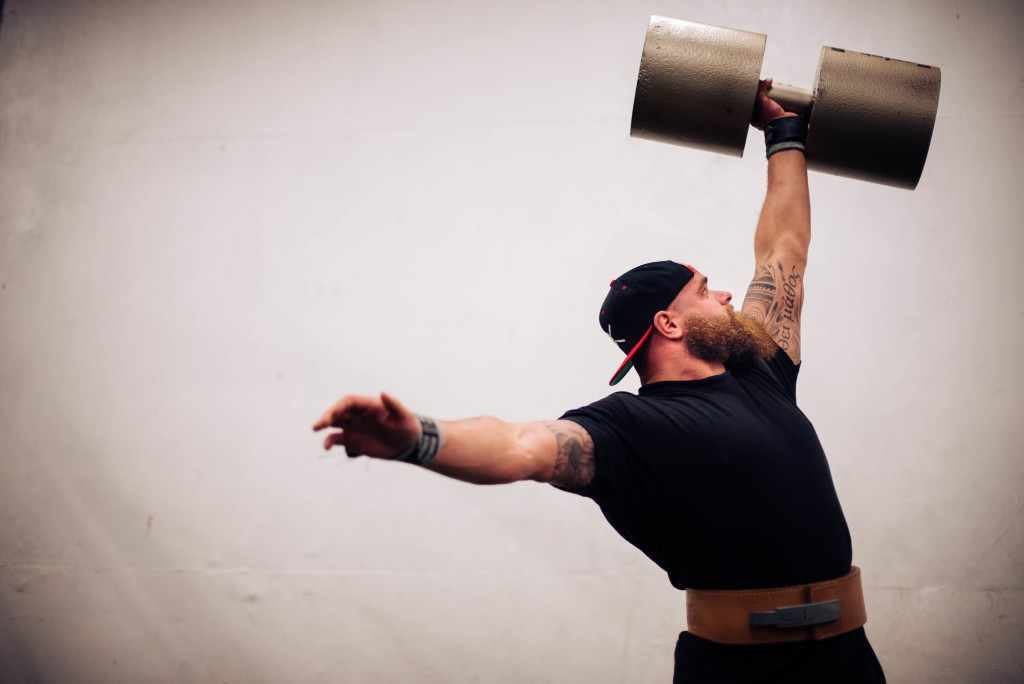
We live in a world where everyone wants results yesterday, so here are a few ways you can dramatically increase performance right away
Remember that strength is a skill, and it is something that needs to be practiced. I have seen my lifters who have a ton of brute strength put up some big numbers, but they are sloppy with their form. Brute strength will only take you so far if you don’t work on your form. This starts with your warm ups. Don’t be sloppy just because you are only squatting the bar. Treat your warm ups like they are a max lift. Each rep should be executed perfectly for working up to heavier weights.
When preparing for a max heavy set (or PR), do not start at the base of a pyramid set to warm up. If you are pyramiding to warm up, you’ll burn up all of your energy because you are doing too many reps at lower weights. When working up to a heavy set of 3, you should not be so tired that your form is breaking down or you are getting close to muscle failure until you are close to you max weight. For a more thorough explanation, check out my article on the subject here.
Beginners need to focus more on compound movements. You will get plenty strong from just the basics. If you are just starting out, don’t worry about specialty bars, bands, chains, etc. Choose a program, stick to it, and add a little bit of weight to the bar each week. The more advanced you get the more weak point training you will need to do. This is where different bars, training methods, etc will keep you progressing.
Visualize how easy the set will be. The mind is a powerful thing, and negative thoughts creep into our head way too often. This is especially true before an event, lift, or competition. Constantly visualize your success. Do not become your own worst enemy or you will fail.
Work on your weak points. Most of our weak points can be fixed by focusing on the main movements. This may not get you stronger immediately, but it is the best way to bring up your main lifts quickly and help shore up the weaknesses with other lifts.
Train with people stronger than you. Nothing will motivate you to get stronger than having your ego put in check by someone who lifts your PR as a warm up.
When deadlifting, wear flat sole shoes or go barefoot. I’ve seen many lifters come to my gym wearing squat shoes and wanting to attempt some big deadlifts. This makes no sense and here is why. The raised heel will pitch you forward and put your shoulders in front of the bar which is improper form for a standard deadlift. There are exceptions to this of course. I to wear squat shoes when I do a snatch grip deadlift with a narrow stance and for more quad involved lifts.
Warm up your rotator cuffs before you do any pressing. My favorite for this is to do A LOT of band work. If you are a strength athlete, then you are more than likely pressing twice a week, and you need to keep your shoulders healthy.
Warm up your glutes and stretch your hip flexors before you deadlift or squat. I prefer simple single leg glute bridges, and if you have a hip circle, you can also you use it for sidewalks. Bands work just as well. Simply step into the band, cross it to make an X, and walk side to side to warm up the outside of your glutes. Most of us have tight hip flexors from sitting most of the day. This makes getting into the proper set up for a deadlift and getting deep in a squat can be a problem. To fix this, elevate your back foot on a bench and kneel down. As you kneel, you need to stay erect and push your hips forward to feel a greater stretch.
Perform either glute ham raises, or hamstring curls before squats. Activating your hamstrings will not only help your squat go up, but for those of you that have knee problems, like myself, it will alleviate sore knees and increase blood flow to the joint.

Improve your grip strength. With a stronger grip you will have tighter and cleaner lifts. Not to mention there are zero draw backs to having improved grip strength. Occasionally, lift with axles or fat grip dumbbells. Most of my accessory work is done on fat bars, or I add Fat Gripz to dumbbells. Also, you should squeeze the bar as hard as possible on every single lift. Keeping a tight grip on all of the main lifts is one of the most important parts of the set up. Getting tight starts with your hands will help your body contract and in turn improve your form.
Unless you are doing compounds lift or training for an event, don’t train to complete failure when training for strength. Training to failure will only drain your recovery from week to week. There are exceptions to this rule. Accessory work done for hypertrophy/weak point training is fine as are isolation movements.
Be hydrated BEFORE you start training. Make sure your urine is almost clear BEFORE you start training. With it being the end of summer and still extremely hot, this should be an obvious one, but we all get busy and forget to drink enough water. The problem is people come to the gym to train and then start drinking water. At that point, it’s too late. As you start lifting, you will feel weaker if you are anywhere near dehydrated.
Record your previous lifts and use it for motivation to be better. I’m still surprised when someone tells me they don’t record each of their workouts. Nothing motivates me more than seeing my progress over the long haul. Each week I look back to what I did and either try to increase the weight or do one more rep than before.
Make sure you deload every 4-6 weeks. I find beginners need to deload less as they are not placing the same load and volume as a more advanced lifter is. This allows new lifters to to recover faster while still adding weight to the bar. Personally, I know I have to deload on the 4th week of my training block. When I try to push it any further, that’s when bad things tend to happen. I use to be very stubborn about this, but since sticking to planned deloads, my strength has gone up every time I go to reload.
Record your lifts so you can assess your form. Better yet, hire a qualified coach to do this for you. In person coaching is the best choice. You can work remotely with a trainer. I have every client I work with online send me videos of their lifts for me to critique each week.

If you compete or are lifting more than , you should be wearing a belt. I’m not going to get into being a true “raw” lifter or “pure” argument. If that is how you lift, that is your choice. However, if you compete, you will be at a disadvantage, and lifting with a belt is safer. Learning how to properly use a belt will increase your lifts dramatically. You can get the best belt on the market right here.
On top of using a belt, wrist wraps are another must. When I first started competing, a belt and wrist wraps were all I had, and I did just fine. Again, wrist wraps can prevent small injuries from “casting” the wrist properly. I also can’t tell you how many times I have gotten a strong(wo)man competitor in wrist wraps and they could immediately do more reps on a circus dumbbell.
Proper pre-workout nutrition is king. You need to have the right kind of fuel in you to train hard. A good combination of carbs and protein will do the trick. I like to have slow digesting carbs from oatmeal, sweet potatoes, or rice about 90 minutes before I start. I usually pair this with some kind of lean meat such as chicken or bison. I try to keep the fats low as they will slow down digestion and make you feel fuller as you begin training.
Apply these simple tips right away to your training and your weights will go up significantly. If you feel there is anything not listed, please feel free to comment here or on the LBEB Facebook page .
